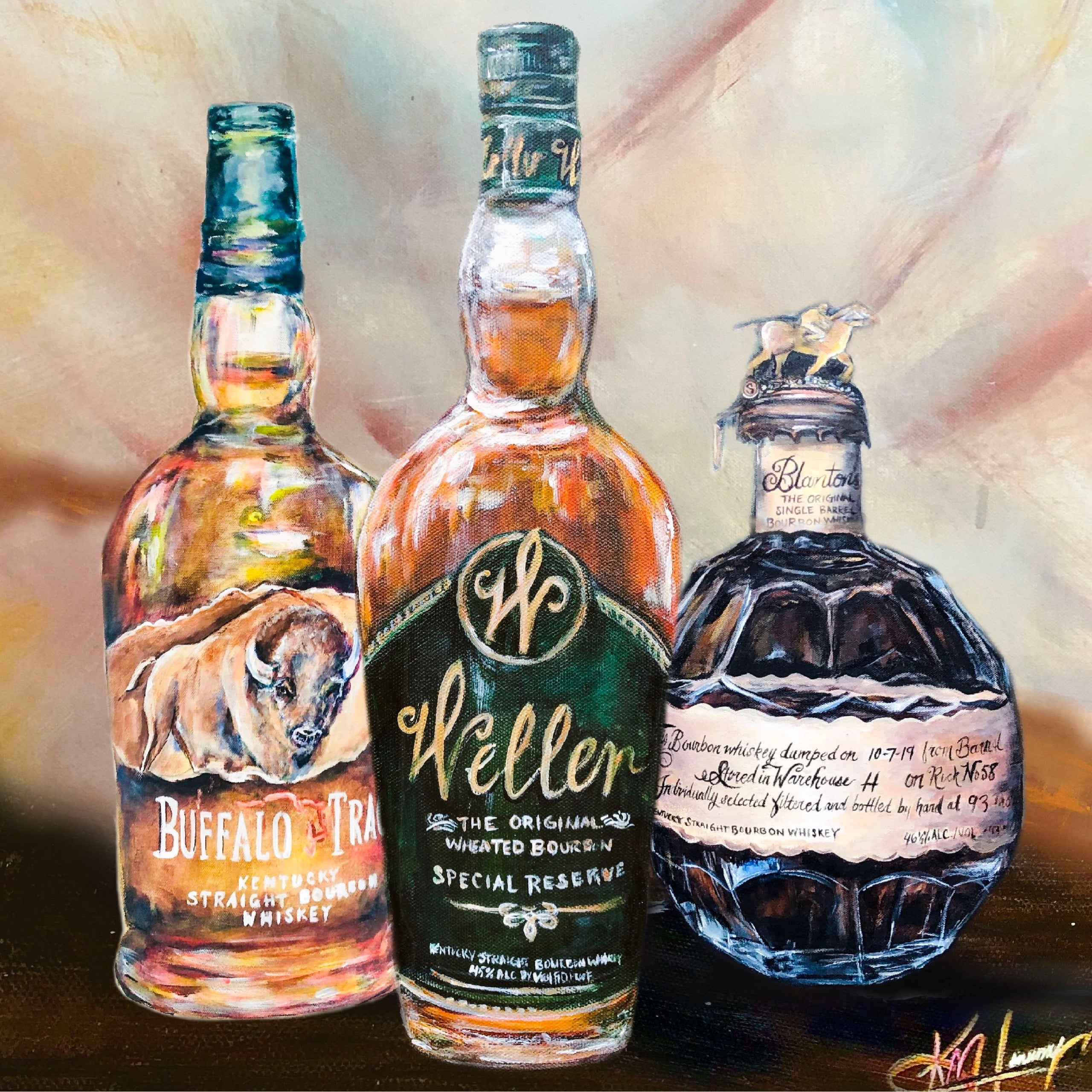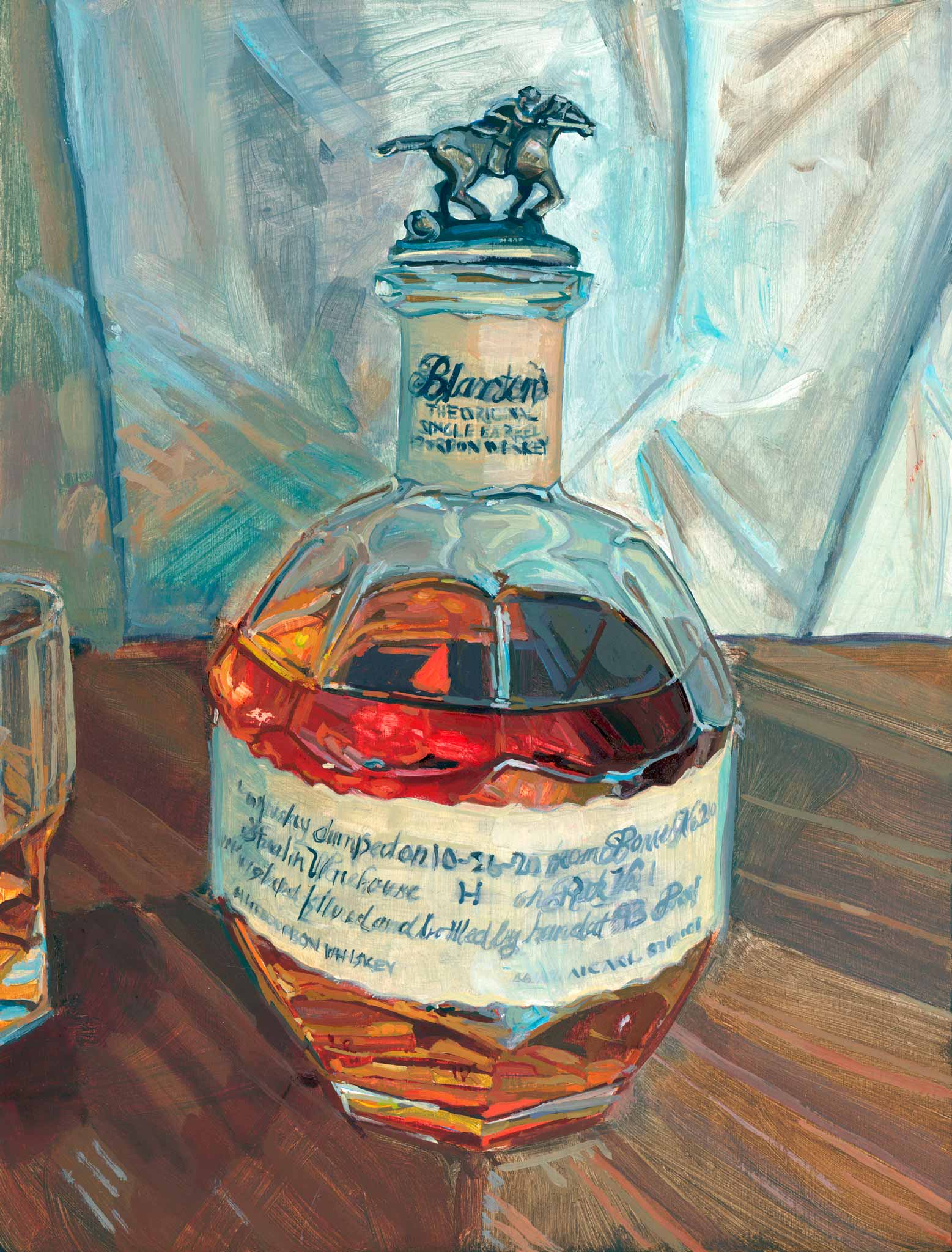The Importance of Whiskey Art in Celebrating Heritage and Workmanship in the Beverage Sector
The detailed connection between scotch art and the celebration of heritage and workmanship within the drink industry can not be overemphasized. Through thoughtfully designed labels and containers, whiskey brands encapsulate their historic roots and the artisanal abilities that specify their production methods. This creative dimension not only enhances market charm however additionally serves as a conduit for cultural narration, cultivating a deeper link between the customer and the craft. As we discover the different aspects of this topic, interesting inquiries concerning the effect of modern fads on standard practices occur, prompting more exam.
The Historic Origins of Whiskey
At the heart of scotch's attraction lies a rich tapestry of historical origins that trace back to old civilizations. The origins of scotch can be connected to the purification practices of the Sumerians and Babylonians around 2000 BCE, where very early forms of fermented grain beverages began to emerge. It was in the Middle Ages that the art of distillation evolved substantially, particularly in Ireland and Scotland, leading to the development of bourbon as we recognize it today.
The term "bourbon" itself acquires from the Gaelic word "uisce beatha," meaning "water of life." This phrase highlights the social significance of scotch in Celtic societies, where it was frequently related to routines, events, and public bonding. By the 15th century, purification became a recognized craft within reclusive neighborhoods, leading the way for the facility of legal distilleries.
As profession routes expanded, whiskey's appeal expanded, transcending regional borders and recording the passion of lovers worldwide. Realism Art. This historical journey mirrors not just the craftsmanship behind bourbon manufacturing but also its indispensable function in social and social contexts, marking it as a significant drink throughout history
Artistic Expression in Branding
Whiskey branding stands as an engaging intersection of creativity and business, where visual identification plays a critical function fit consumer assumption. The aesthetics of scotch tags, packaging, and marketing materials show not just the brand name's story however additionally its core values and heritage. With creative expression, distilleries share a narrative that reverberates with customers, evoking emotions and triggering connections.
Using color, typography, and imagery in branding serves to differentiate products in a saturated market. Traditional themes may stimulate a feeling of authenticity and craftsmanship, while modern layouts can indicate technology and forward-thinking. This strategic imaginative instructions improves brand recognition and commitment, permitting consumers to create a personal relationship with the bourbon they select.
Additionally, creative expression in branding typically serves as a celebration of local heritage. Distilleries frequently include neighborhood symbols or historic recommendations into their styles, creating a local color that welcomes consumers to participate in a wider social experience. Ultimately, the virtuosity behind whiskey branding not only enhances visual allure but likewise improves the overall narrative of the brand name, fostering a much deeper appreciation for the workmanship and heritage ingrained in each bottle.
Craftsmanship in Container Layout
The creativity obvious in bourbon branding extends past visual identity to include the workmanship associated with container design. Each container functions as a vessel not simply for the spirit within, however likewise for the tale it tells regarding its tradition, quality, and beginning. The design process needs meticulous focus to information, as elements such as closure, shape, and product add substantially to the general perception of the bourbon.
Craftsmanship in container design involves choosing premium glass that can why not look here boost the scotch's shade and clearness, while additionally offering a responsive experience for the consumer. The shape of the container should be both functional and cosmetically appealing, typically mirroring the heritage of the brand. Several distilleries choose distinct shapes or embossed logos that evoke a sense of authenticity and background.
In addition, the tag layout and typography play an essential function in interacting the brand name's story. Bourbon Art. A well-crafted container not only captivates the customer's eye but also reinforces the brand's commitment to quality and practice. This way, the workmanship of container style ends up being an important aspect of the whiskey experience, combining virtuosity with a profound respect for heritage
Social Significance of Whiskey Art
Celebrating practice and craftsmanship, the social relevance of whiskey art goes beyond simple looks, intertwining with the social and historic stories of the areas from which it originates. Each bottle functions as a canvas, depicting the special stories, mythology, and practices that have formed regional whiskey-making practices. The detailed styles often mirror the heritage of the distillers, incorporating icons and motifs that reverberate with the society and values of their areas.

On top of that, scotch art plays an essential duty in communal gatherings and celebrations, acting as a tangible link between people and their shared experiences. By appreciating the creativity in bourbon packaging, consumers cultivate a deeper understanding and regard for the craft, inevitably enriching their enjoyment of the drink itself.
Modern Trends in Bourbon Discussion
Recently, the presentation of scotch has progressed to mirror contemporary preferences and trends while still recognizing standard workmanship - Limited Edition. Distilleries are increasingly concentrating on visual aspects that improve the general drinking experience, linking the gap between heritage and modernity
Cutting-edge container designs have arised, commonly incorporating lasting materials and imaginative labels that tell compelling stories. Many brand names now team up with local artists, infusing their items with distinct visual expressions that reverberate with consumers. Furthermore, limited-edition launches are frequently packaged in collectible containers, including worth and allure for connoisseurs.

Final Thought
Finally, whiskey art functions as a crucial avenue for sharing the heritage and workmanship intrinsic in the drink industry. Via intricate branding, cutting-edge bottle styles, and culturally considerable artistic elements, bourbon brand names successfully honor their customs and get in touch with consumers. This imaginative story not only boosts the admiration of bourbon but additionally enhances area identity and satisfaction amongst manufacturers. go to the website Eventually, bourbon art read the article plays a necessary function in preserving and commemorating the rich social tapestry of whiskey-making.


Craftsmanship in bottle design entails picking high-quality glass that can boost the bourbon's shade and clarity, while additionally providing a responsive experience for the consumer. In this method, the craftsmanship of container style ends up being an essential facet of the bourbon experience, combining creativity with a profound respect for heritage.
In final thought, bourbon art offers as a vital conduit for sharing the heritage and craftsmanship integral in the drink industry.